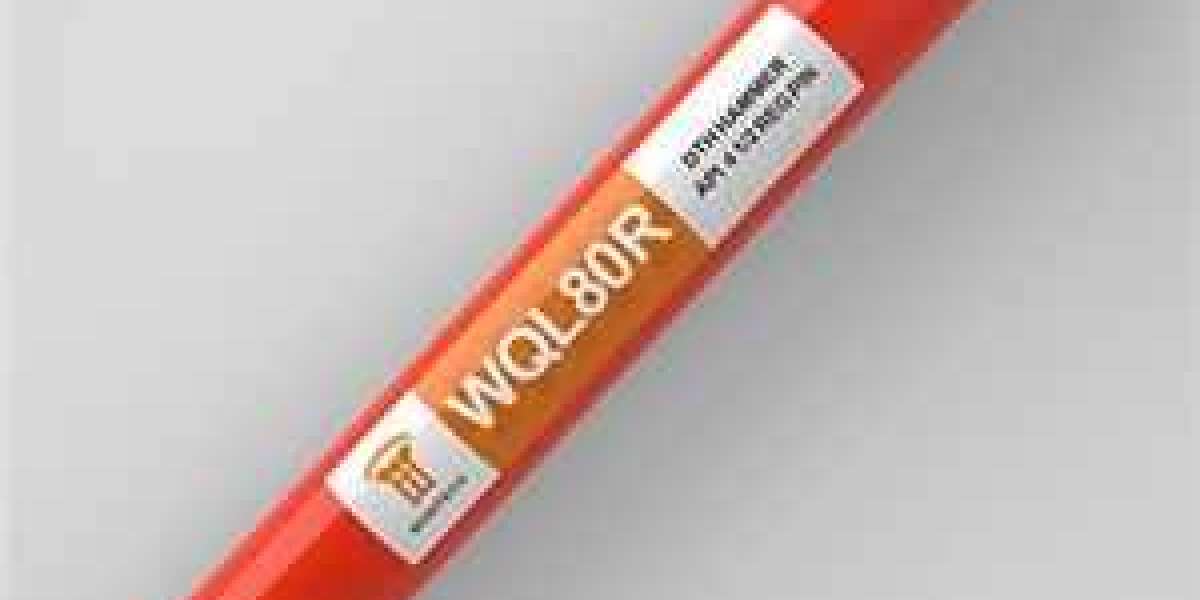Original Title: Knowledge of Cutting Tools: Drill Technology 1. Craft /Processing 1.1 Craft According to the diameter and total length of the designed drill bit, the alloy bar cutting machine or wire cutting equipment can be selected for fixed-length processing. For the bar cut to a fixed length, the two ends of the bar are flattened, which can be realized on a hand tool grinder. Chamfer or punch the ground end face of the alloy bar to prepare for grinding the outer diameter and shank of the drill bit, depending on whether the external grinding fixture is a male or female center. Expand the full text The excircle diameter of the drill bit, the outer diameter of the clearance part and the shank part are processed on a high-precision cylindrical grinder to ensure the design requirements of the outer diameter cylindricity, circular runout, surface finish and the like. In order to improve the machining efficiency on the CNC grinding machine, the drill point can be chamfered before the alloy bar is placed on the CNC grinding machine, for example, the drill point angle of 140 ° can be roughly ground to 142 ° during chamfering. After the chamfered alloy bar material is cleaned, the chamfered alloy bar material is transferred to a numerical control grinding machine process, and each part of the drill bit is processed on a five-axis numerical control grinding machine. If it is necessary to improve the finish of the chip groove and excircle of the drill, it can also be ground and polished with wool wheel and abrasive before or after the fifth step. Of course, in this case, the drill needs to be processed in more steps. For the drill bit that has been processed to be qualified, it shall be marked by laser, and the content may be the company's brand LOGO and drill bit specifications and sizes. Package the marked drill bit, and then deliver it to a professional tool coating company for coating. Note 1. Uch as a drill chip groove. , or spiral shape or straight groove shape. This step also includes the negative chamfering of the peripheral cutting edge. Then, the cutting edge of the drill tip is processed, including the tooth clearance part of the drill tip and the relief angle part of the drill point. Then, the back part of the peripheral cutting edge is processed to grind out a certain amount of drop, so as to ensure that the contact surface between the outer diameter part and the hole wall of the workpiece is controlled in a certain proportion. 2. Machining of negative chamfering for the cutting edge of drill point ? It can be divided into CNC grinding machine processing or manual processing, which is different due to the different processes of each factory. 1.2 Processing problems When machining the excircle part of the drill bit on the cylindrical grinder, pay attention to whether the fixture fails and fully cool the alloy bar during machining, and maintain the good habit of measuring the outer diameter of the drill tip. Drill machining is carried out on the CNC grinding machine, and the programming is divided into two steps of rough and fine machining as far as possible, so as to avoid the existence of potential thermal cracks caused by too much grinding, dhd drill bit , which will affect the service life of the tool. Use the material tray with reasonable design to carry out the handling of cutting tools, so as to avoid the damage to the cutting edge caused by the collision between cutting tools. The blackened diamond grinding wheel should be sharpened with oilstone in time. Note: The processing technology is different according to the processed material/equipment/working condition. The above process arrangement only represents the author's personal opinion and is only used for technical exchange. 2. Bit Material 2.1 High speed steel High speed steel (HSS) is a kind of tool steel with high hardness, high wear resistance and high heat resistance, also known as high speed tool steel or sharp steel, commonly known as white steel. High speed steel cutting tool is a tool that is tougher and easier to cut than ordinary tools. High speed steel has better toughness, strength and heat resistance than carbon tool steel, and its cutting speed is much higher than carbon tool steel (iron-carbon alloy), so it is named high speed steel; while hard alloy steel has better performance than high speed steel, and its cutting speed can be increased by 2-3 times. Characteristic The red hardness of high-speed steel can reach 650 degrees. High speed steel has good strength and toughness, sharp cutting edge and stable quality after sharpening. It is generally used to make small and complex cutting tools. 2.2 Cemented carbide The main components of cemented carbide drill material are tungsten carbide and cobalt, which account for 99% of all components, and 1% are other metals, so it is called tungsten steel (cemented carbide). Tungsten steel is a sintered composite material containing at least one metal carbide. 。 Tungsten carbide, cobalt carbide, niobium carbide, titanium carbide and tantalum carbide are common components of tungsten steel. The grain size of the carbide component (or phase) is typically between 0.2 and 10 microns, and the carbide grains are held together using a metallic binder. The bonding metal is generally an iron group metal, and cobalt and nickel are commonly used. Hence tungsten-cobalt, tungsten-nickel, and tungsten-titanium-cobalt alloys. Tungsten steel drill bit material sintering molding is to press the powder into blank, then heat it to a certain temperature (sintering temperature) in the sintering furnace, and keep it for a certain time (holding time), and then cool it down, so as to obtain the tungsten steel material with the required performance. Characteristic And that red hardness of the hard alloy can reach 800-1000 degree. The cutting speed of cemented carbide is 4-7 times higher than that of high-speed steel. High cutting efficiency. Its disadvantages are low bending strength, poor impact toughness, high brittleness, and low ability to withstand impact and vibration. 3. Application problem /Measures 3.1 Worn drill tip Reason 1. The workpiece will move downward under the force of the drill bit. ? The drill bit springs back after drilling through. 2. The rigidity of the machine tool is insufficient . 3. Bit material is not strong enough . 4. Bit runout is too large . 5. Insufficient clamping rigidity Drill bit slip. Measures: 1. Reduce the cutting speed . 2. Increase the feed rate 3. Adjust the cooling direction (Internal cooling) 4. Add a chamfer 5. Check and adjust the coaxiality of the drill bit . 6. Check whether the relief angle is reasonable. . 3.2 Ligament rupture Reason 1. The workpiece will move downward under the force of the drill bit. ? The drill bit springs back after drilling through. 2. The rigidity of the machine tool is insufficient . 3. Bit material is not strong enough . 4. Bit runout is too large . 5. Insufficient clamping rigidity Drill bit slip. Measures: 1. Use a bit with a larger back cone. . 2. Check the runout range of the main shaft drill bit (<0.02mm) 3. Punch the top hole with the preset centering drill . 4. Use a more rigid bit ? Hydraulic Chuck with necking sleeve or shrink kit. 3.3 Accumulate and cut tumor Reason 1. Caused by the chemical reaction between the cutting material and the workpiece material (Mild steel with higher carbon content) Measures: 1. Improve the lubricant ? Increase oil or additive content. 2. Increase the cutting speed ? Reduce the feed rate and contact time. 3. If drilling aluminum ? Drill bits with polished and uncoated surfaces may be used. 3.4 Broken knife Reason 1. The spiral groove of the drill bit is blocked by cutting. ? The cutting is not discharged in time. 2. When the hole is almost drilled ? No reduction in feed rate or change from motorized to manual feed. 3. When drilling soft metals such as brass ? The clearance angle of the drill bit is too large, and the rake angle is not ground, so that the drill bit is automatically precessed. 4. Excessive sharpening of drill edge ? The phenomenon of chipping occurs, and the knife fails to retract quickly. Measures: 1. Shorten the cycle of changing tools . 2. Perfect installation and fixation For example, increase the support area, increase the clamping force. 3. Check the main shaft bearing and sliding groove . 4. Use high precision tool holder ,overburden drilling systems, such as a hydraulic tool holder. 5. Use a more ductile material . Copyright notice: Because some of the articles are from the Internet, and some of the articles are pushed without timely contact with the original author. If the above copyright issues are involved, please contact us to delete or deal with the original author. Return to Sohu to see more Responsible Editor:. wt-dthtools.com
Search
Popular Posts








